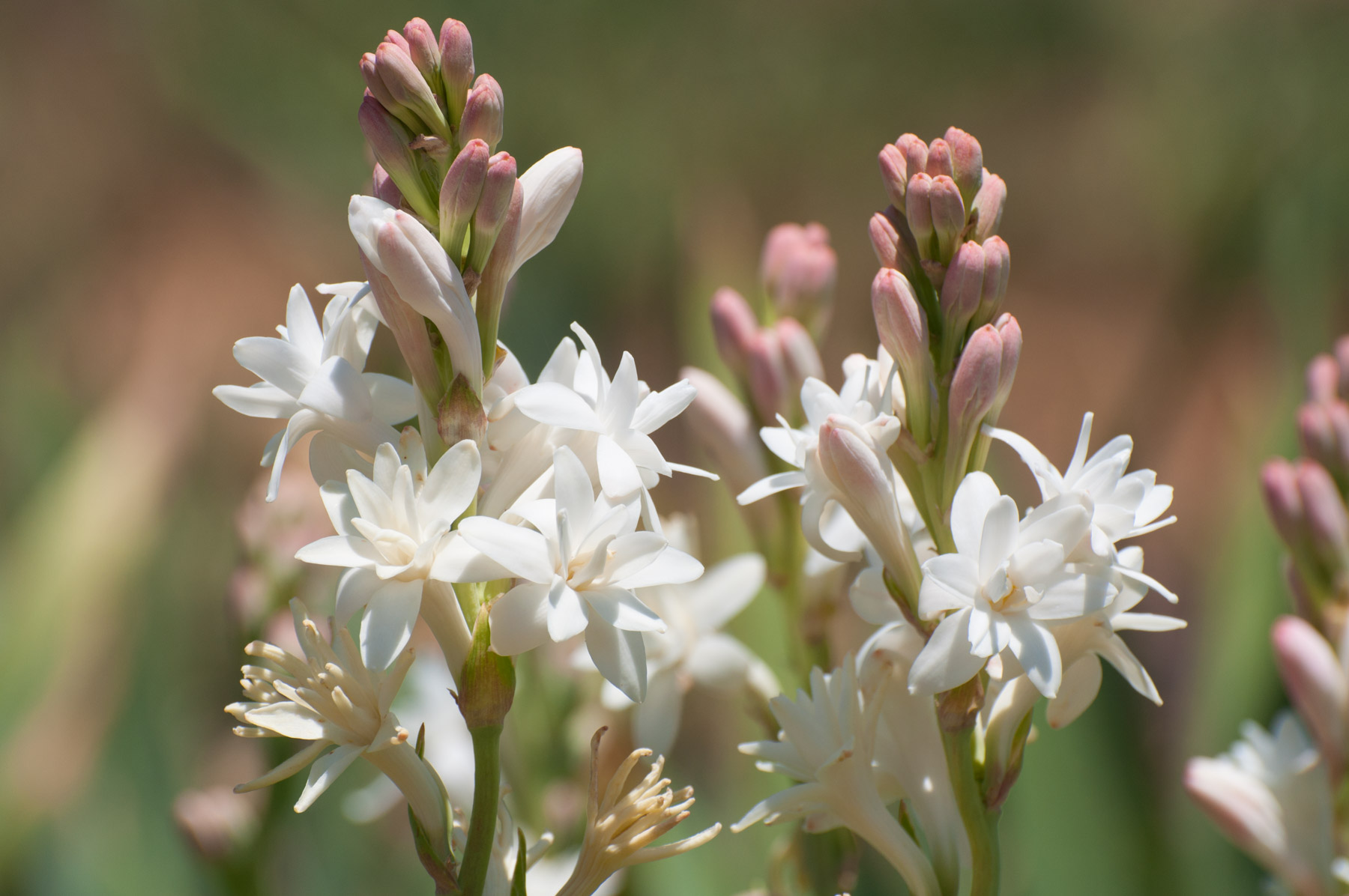![]() Fast order 038654325677
Fast order 038654325677

Save up to 50% off in this weekend.Shop Now
Blog
Only a few fragrant notes ignite intellectual curiosity and passionate emotions with the highest intensity, and tuberose is one of them. That is why it has been a favorite choice of perfumers for centuries when it comes to concoctions that invite lust, unbridled enjoyment, and indulgence in the primordial forces of Eros, which have created and maintained this world since its inception. Note to the reader, be careful when choosing a perfume that contains this sensual and intoxicating flower because its ability to arouse erotic desires on a subconscious level has even been scientifically proven.

Polianthes tuberosa, known as tuberose, is a decorative plant whose flower resembles the most a lily. It can be grown as a houseplant and in warmer regions as a garden plant. Its extremely beautiful scent is most often used in the perfume industry, but it is also often used as an ornamental plant. It is also known as the “corporeal flower,” so many also call it the “harlot of perfumery.” Tuberose flowers are so powerful that only a few stems can fill the room, releasing their intoxicating scent for days and days, weeks even.
Polianthes tuberosa belongs to the genus Polianthes, whose name comes from the Greek words polios – whitish and anthos – flower, which means white flowers, and the name of the species from the Latin word tuberosa, which means tuberous, and refers to its root system.
Tuberose originates from Mexico, and it is known that the Aztecs cultivated it almost 600 years ago. They used it mainly to improve the chocolate aroma. It was brought to Europe from the Aztec gardens in 1519 by the Spaniards and French missionaries from India at the beginning of the 16th century. Various symbolic meanings are associated with this plant. Most often, it is a symbol of forbidden pleasure and passion, but also of subtlety. It is believed to have a magical ability to open the heart, calm the nerves, restore joy, peace, and harmony and protect the wearer.
In the Victorian era, tuberose symbolized “dangerous pleasure” and lust, which is why perfumers gladly used it. Due to the intoxicating scent that this plant releases after dusk, tuberose was a mandatory part of the Moon Garden, a collection of white or pastel flowers trendy at the time.
In Indian culture and mythology, her name means Queen of the Night, and tuberose has a special place. It is used to make flower wreaths that are offered to the gods or serve as a decoration at weddings. Because of their aphrodisiac powers, young Indian women are not advised to inhale its scent when it gets dark. In Indonesia, tuberose flowers are also used in cooking.
It is known that one of the most favorite perfumes of the French Queen Marie Antoinette, who was the first to recognize tuberose specific smell. It was Sillage de la Reine (Parfum de Trianon), a fragrance that, in addition to tuberose, also contained orange blossom, sandalwood, jasmine, iris, and cedar.